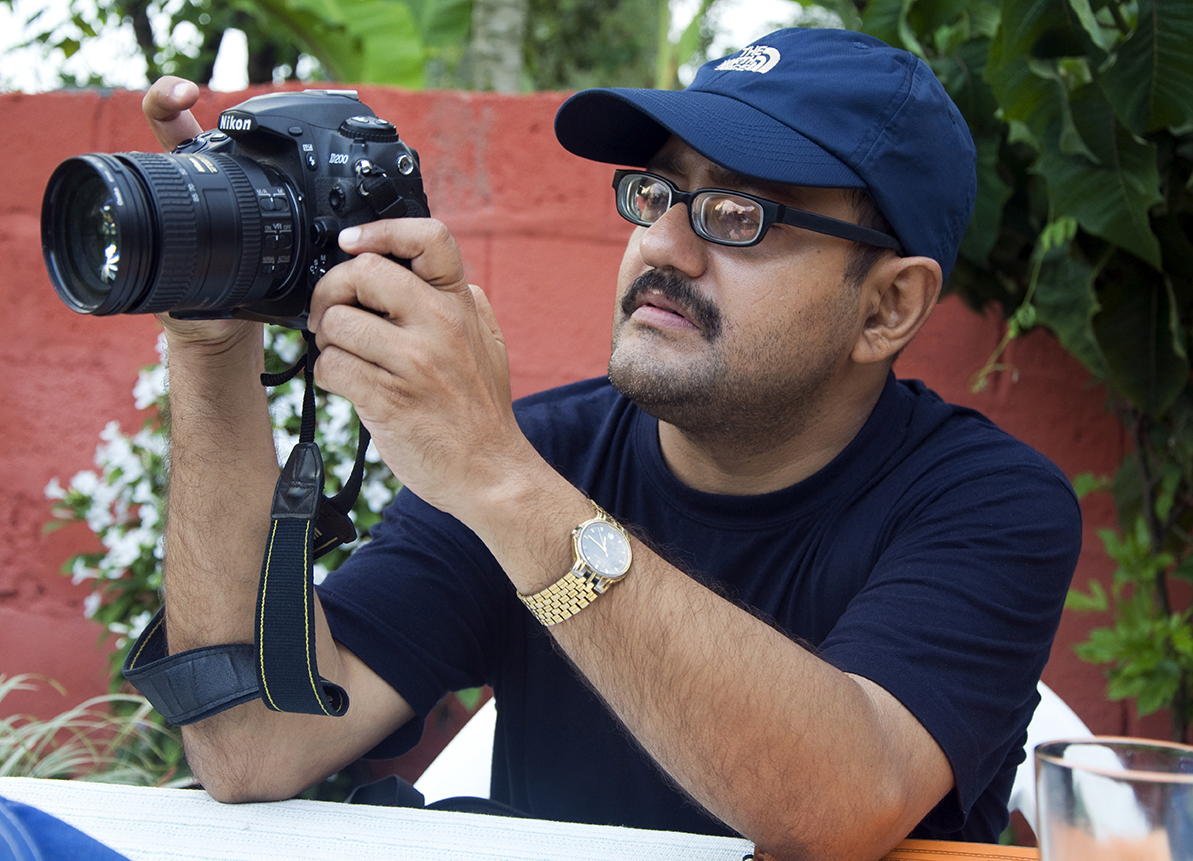An Art-filled Day at Florence’s Uffizi Gallery

River Arno quietly flows through the medieval city of Florence Photo: Sugato Mukherjee
Posted March 17, 2025
Famous globally, the Uffizi Gallery boasts a rich repository of Italian Renaissance art. The grandiose Florentine building was commissioned in 1560 by Cosimo I de’ Medici, known as Cosimo the Great and first Grand Duke of Tuscany. Perched regally on the banks of the River Arno in Florence, the 16th-century edifice houses a staggering collection of paintings, sculptures, and decorative art in its storied interiors. The curated collective embodies the high Renaissance artistic style, representing an impassioned period of cultural, artistic, political, and economic rebirth of classical philosophy and art following a rather stoic Gothic period.
From Mundane to Majestic

The Tribune is an octagonal hall that was designed in the 1580s to keep jewels and embellishments of the Medici family Photo: Sugato Mukherjee
Interestingly, though, the majestic U-shaped building was primarily built for a rather mundane and practical reason: to house the administrative and judiciary offices of Florence, which was the base of the Medicis, the most prominent banking family in Europe in the 16th century.
Giorgio Vasari, the celebrated architect, was originally commissioned to build the Uffizi. After Vasari’s death in 1574, Bernardo Buontalenti completed the Uffizi.
Seven years later in 1581, Uffizi assumed an altogether different identity. Francesco I de’ Medici, Cosimo’s son and the new Grand Duke of Tuscany set up a private Gallery with statues and other objet d’art on the top floor of the east wing of the Uffizi. The sprawling premises metamorphosed into a private museum of the Medici family.
A Walk Through the Past

Primavera is a large panel painting in tempera paint, and one of the best known works of Botticelli Photo: Sugato Mukherjee
A walk down one of the iconic corridors of the Uffizi gallery is a portal into a technicolor past where black, white, and grey marble busts and sculptures dating from the Roman period line up on the wall. Frescoes decorate the corridor ceilings, the first of which was painted in the East corridor in 1581. While you marvel at the astonishing pieces of 2000-year old art that includes a marble portrait of Emperor Nero, the large windows of these corridors offer views of Florence, and River Arno with Ponte Vecchio and Santa Maria del Fiore.
The halls flanking the side of the long walkways are replete with high Renaissance art that you can immerse yourself into. But there is one room that remains off limits to visitors — The Tribune. The octagonal hall not only serves as a display of works of art, such as sculptures and paintings, but also extraordinary natural items, including precious stones. It boasts a cabinet of curios and a treasure trove of Christian iconography.
The structure features an octagonal shape because, according to Christian tradition, eight is the number which draws near Heaven. Besides, in ancient times, octagonal themes were common in important edifices, baptisteries, and basilicas. The dome, symbol of the Vault of Heaven, features a lantern with a wind vane with symbolically movements displayed on a painted wind rose. Francesco conceived the iconography of the Tribune’s decorations and furniture as the whole cosmos replete with its primary elements – Earth, Water, Air, and Fire.

The painting by Caravaggiodepicts Medusa’s head, severed from her body by Perseus, at the moment of her death. Photo: Sugato Mukherjee
Not to Be Missed Sculptures
As you try to absorb the celestial mechanics and the iconographic details of the red Tribune illuminated by diffused lighting, do not ignore the sculptures housed inside, most notably the “Wrestlers” and the “Venus de Medici”, one of the finest erotic artworks of antiquity.
Uffizi gallery is much smaller than Louvre or the Prado, but you still need to plan ahead to focus your visit on the unmissable highlights of Florence’s premier art museum. Sandro Botticelli’s The Birth of Venus, the first secular painting to include nudity serves as the star of the gallery. Other celebrated works include a number of the 15th-century Italian maestro’s best-known works such as Primavera and Adoration of the Magi.
Uffizi houses three works of Leonardo da Vinci: The Annunciation, one of his earlier works, and his own version of Adoration of the Magi, a complex interpretation of the Biblical theme at the core of Christianity.
Doni Tondo is the only Michaelangelo painting you will find in Uffizi. A masterful panel painting by the great Florentine artist and his contemporary Raphael’s exquisite Madonna of the Gold Finch adorns another wall of the vast hall.

A 2000 year old Greecian urn on display Photo: Sugato Mukherjee
Centuries of Trade Between Florence and Flanders
Trade flourished between Florence and Flanders during the 15th and 16th centuries. During that time, wealthy Florentine families commissioned works by renowned Flemish artists of the era. This initiative consequently influenced and shaped artworks of local artists – a cultural exchange program that enriched medieval European art. Some rooms are entirely dedicated to Flemish art, and host venerated artworks such as Portinari Triptych by Hugo Van Der Goes and Madonna and Child with Two Angels by Hans Memling.
After having your fill of the Italian and Flemish masters, find yourself in front of an astonishing piece of art: Venus of Urbino by Titian. An early 16th-century oil painting, where Titian has moved Venus to a domestic setting, directly engaged her with the viewer in an intimate and sensual manner with a bold hint of hedonism — a remarkable departure from the artistic language of the era.

The corridors of Uffizi hold one of Europe’s finest collections of sculptures and statuettes from antiquity Photo: Sugato Mukherjee
Art Continues in the Piazza della Signoria
After the art-filled morning at the Uffizi, step out on the sun-kissed Piazza della Signoria, Florence’s historic center, which has been the home to some of the finest Renaissance-era sculptures for centuries. The beautifully designed plaza provides an extension to a Uffizi Gallery visit. After a leisurely stroll through the fountains and sculptures, it also serves as quite the perfect place to grab a cup of coffee or a glass of wine at one of the cafes that surround the 15th-century square.
Click Here for Discounted Accommodations in Florence, Italy
Join the community!

Join our community to receive special updates (we keep your private info locked.)




